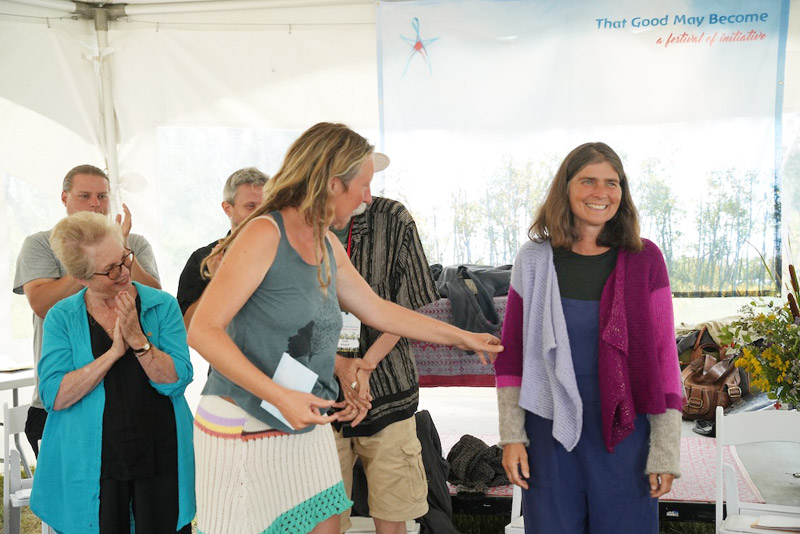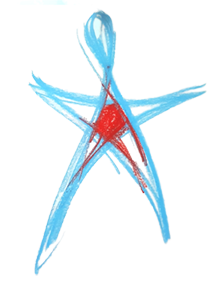
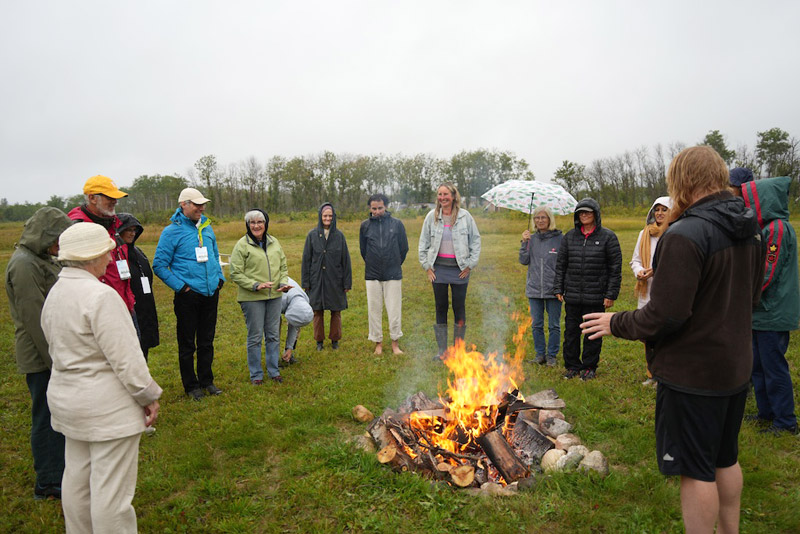
This year on my summer vacation I traveled with my wife Elisabeth to Winnipeg Manitoba, and from there to a farm near the tiny hamlet of Gimli, about an hour north of Winnipeg. We had initially imagined we might drive, but in the end it was the prospect of wildfire smoke that persuaded us to fly instead, together with Lidia-Marie, a friend from Hesperus.
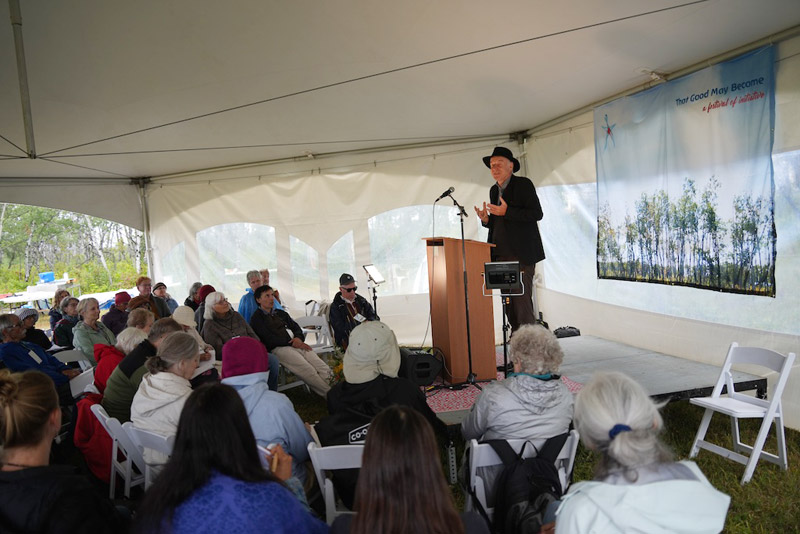
The festival in Gimli was the fourth in a series of major festivals, hosted every seven years by the Anthroposophical Society in Canada. We had also attended the previous event in the series, in Ottawa in 2016, but we didn’t go to the one before that, in Whitehorse, in the Yukon, which reportedly attracted nearly 300 people.
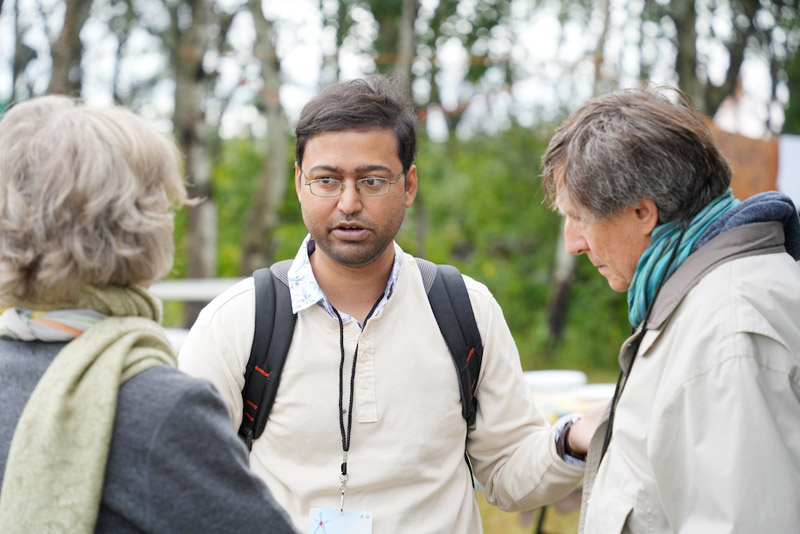
Attendance at this summer’s festival in Manitoba was more modest, at around 100 people total. When Kim Hunter, the organizer, had called the tent company to downsize her order she was told that the reduced attendance wasn’t just for her event. All the tent company’s customers were cutting back their orders as attendance seemed to be down across the board.
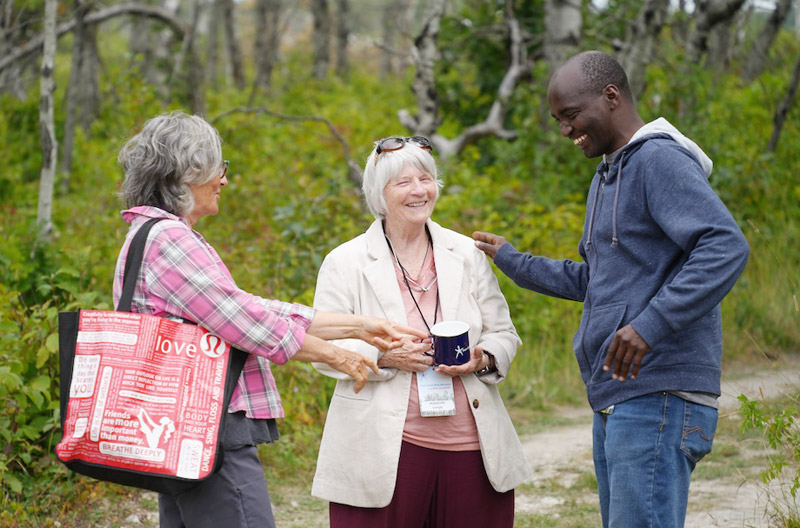
Soon after our arrival at the Winnipeg airport we met two other people who were there for the conference, Dominic, a young black man who lives in Winnipeg and Sarnia, who had come all the way from Kenya, in Africa, to attend the conference and garner support for a Waldorf school she is involved with in Nairobi. Sarnia also organizes anthroposophical cultural tours in Africa. Sarnia is 83 years old.
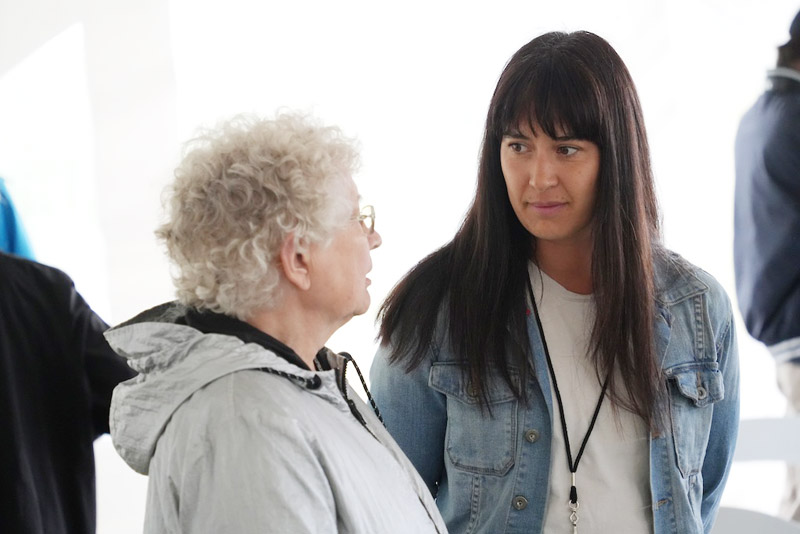
Our friend Alice Natiuk picked us up at the airport and took us out to eat at an interesting little downtown restaurant called “Hildegard’s”, named after Hildegard von Bingen. Lidia-Marie asked our waitress about her tattoos, and she told us that as a child she had asked her parents when her “pictures” were going to show up, meaning tattoo images like her parents had. So for her, tattoos weren’t about rebelling, but more just following in the tradition of her family to get little pictures imprinted on her arm. Alice is originally from Winnipeg but we know her from the few years she lived in Thornhill. Now she’s back in the Winnipeg area.
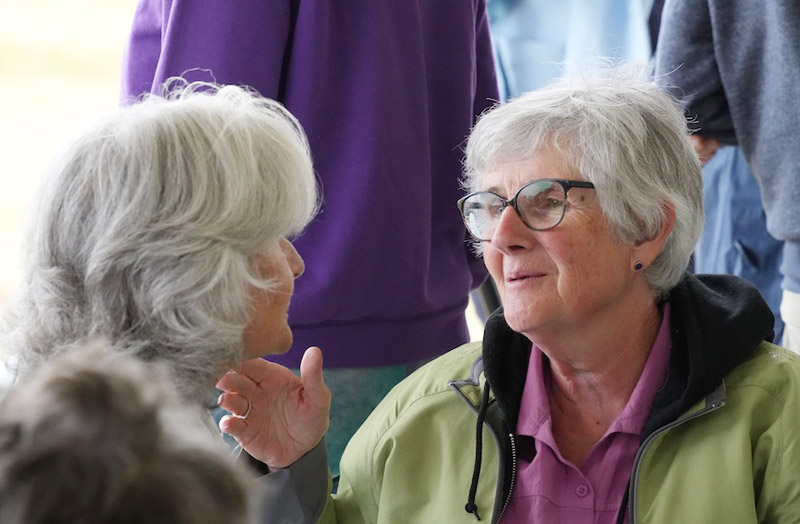
Once you get out of the city in Winnipeg, it’s not like the Toronto area where one urban center sprawls into the next one. Rather one comes quickly to a place where the traffic is sparse and there’s really not much to see. One hour out of Winnipeg, around where the festival was held on Monika’s farm, there are no taxis, no Uber and no public transit, or so we were told. Even private cars are few and far between. And people smoke indoors at the local pub.
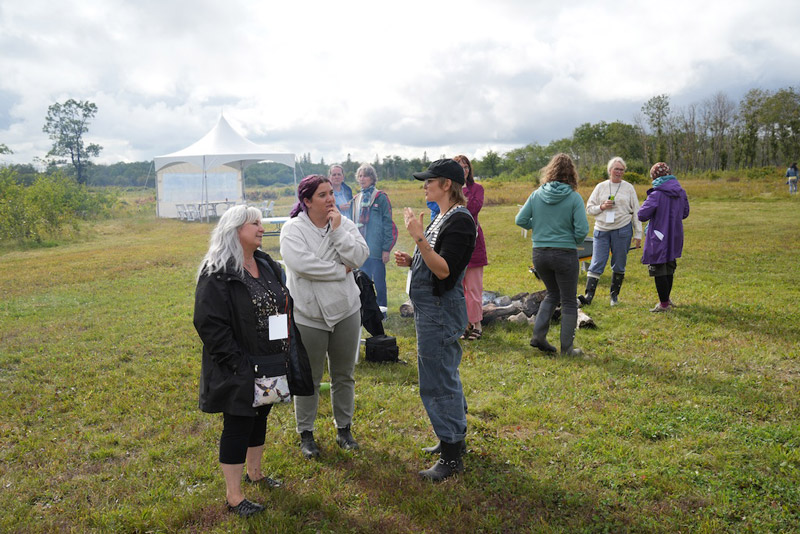
Some festival participants camped on Monika’s farm while others stayed at a former military barracks about a half-hour school-bus ride away, near the Gimli airport. The other floors of the barracks were occupied by Ukrainian refugees, but Festival participants had the second floor all to themselves. We had made a point of arriving the day before, as the festival was supposed to start around noon on Thursday August 10th.
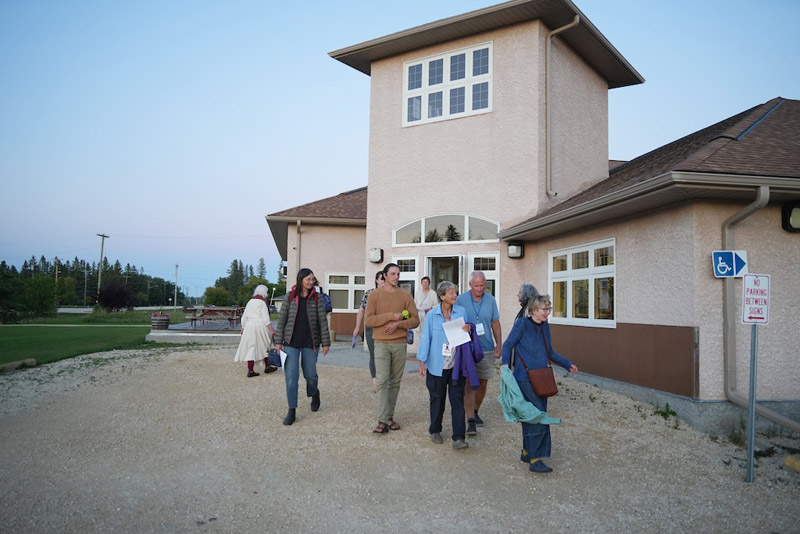
But that start time was eventually pushed back to 2:30 pm, probably because people were arriving more slowly than anticipated, so we had nearly 24 hours to wait at the barracks for the first bus that would take us to the festival site, a period that, in retrospect, we were not well-enough prepared for.
We had bought a couple tubs of yogurt and some blueberries at the grocery store on our way up there but that didn’t go very far over the span of a whole day. And being as isolated as we were there were no stores or restaurants within walking distance.
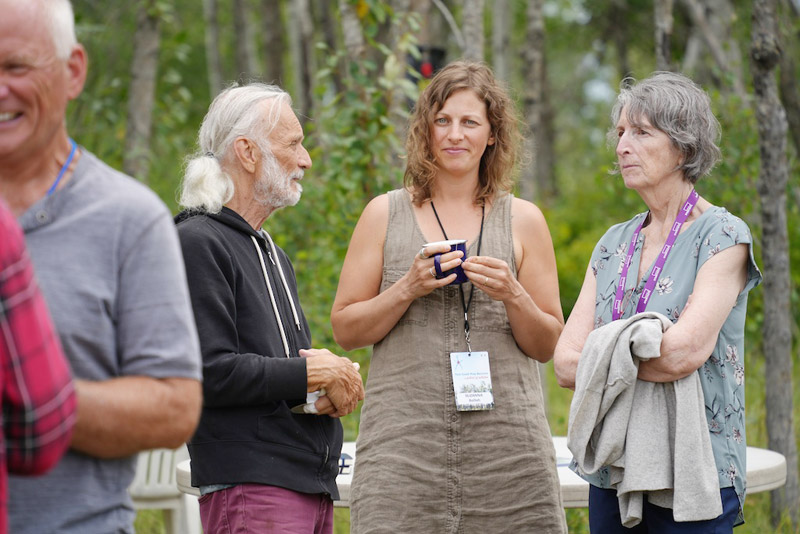
We managed, of course, and we really appreciated that first meal at the festival, cooked by Kim’s sister Sabrina, who had been persuaded to come here from BC to take on the task of cooking for everyone. She did have a couple of people helping her before breakfast with vegetable preparation.
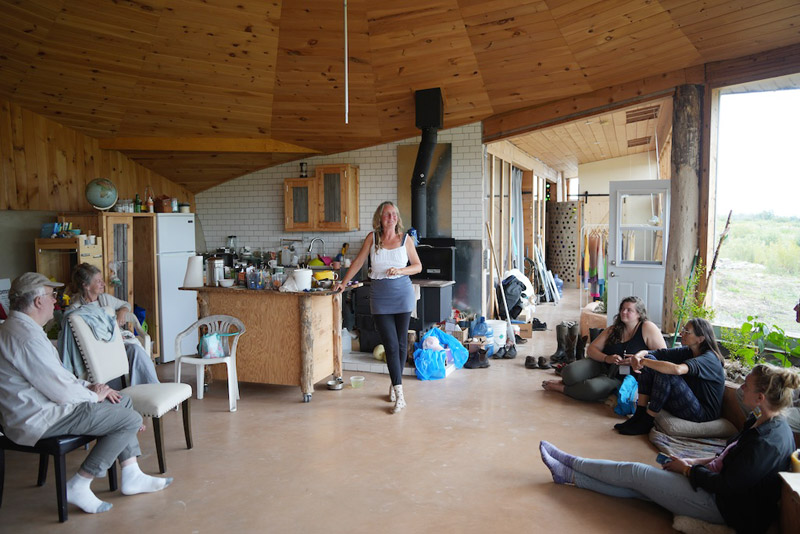
Folks who attended the Ottawa conference in 2016 may remember that Monika was there and gave a little presentation about her vision of an intentional community out there on the prairie near Winnipeg. Since then there has been a falling out with the other party in that fledgeling community, but Monika is still there living with her partner Terry, running a small CSA garden and wanting to work towards something modeled after the Sekem community in Egypt, to anchor a practical example of threefolding right there in the middle of Turtle Island.
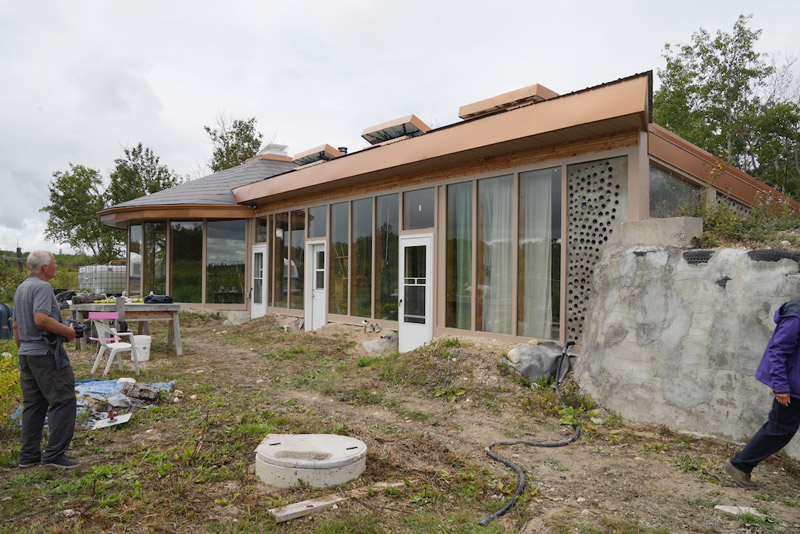
The presentations and talks were interesting and enlightening of course, but meeting the people from all over that one hasn’t met before was one of the main reasons to have gone to the Festival. Personally speaking I especially enjoyed meeting Joseph who publishes Common Ground and other alternative print periodicals in BC. And I enjoyed learning a bit more about the Lumby community and school from Erinn. It’s really amazing what a flourishing school and preschool they have in such a sparsely populated neck of the woods way out there in the northern Okanagan.
I learned from talking to Hugh that Paul Emberson’s books were not actually out of print, and in fact he had just finished proofing the third volume of his “From Gondishapur to Silicon Valley”. Apparently you can order Paul’s books direct from Steiner bookstores like the one in London, but you can’t order them online — because that’s how Paul wanted it to be.
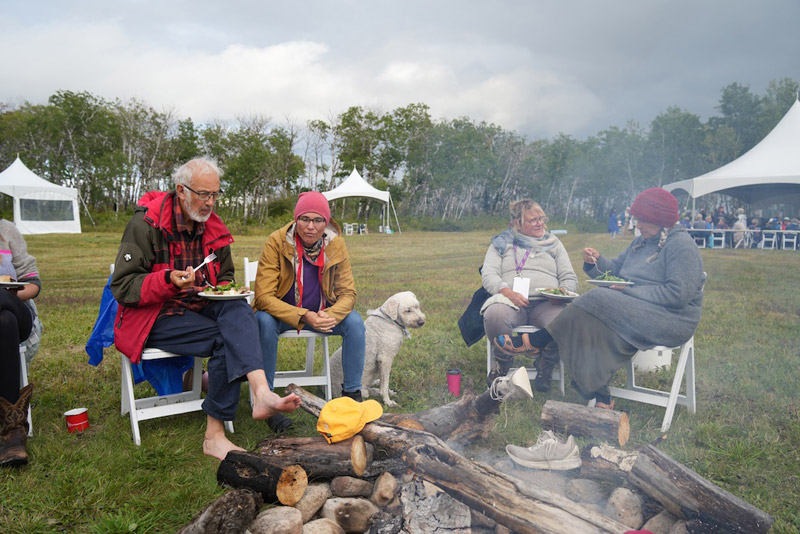
It was great to meet our American friends Kyle and Mason who came to the conference from Viroqua and Minnesota, and to see Arista from the RSCC Summer Festival here again, and to start to get to know Eric, an aboriginal “younger” and Waldorf early childhood teacher now based in Thunder Bay.
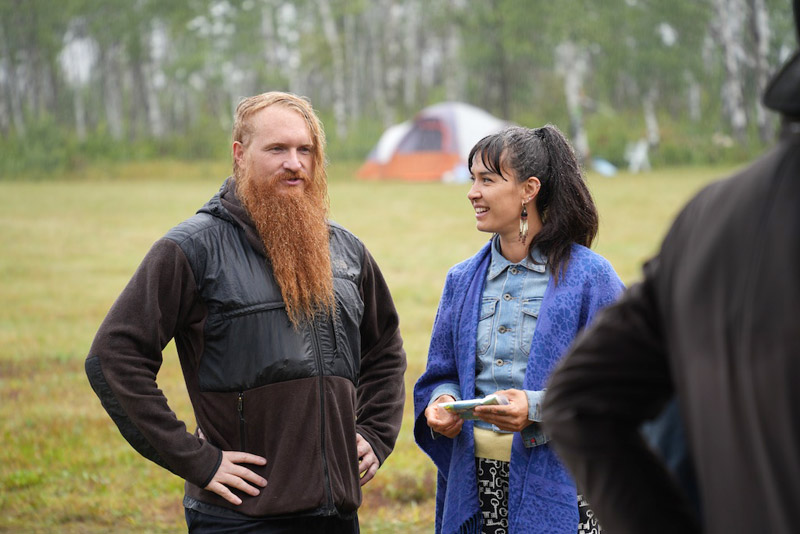
I seemed to gravitate to the Anthroposophy in the Americas working together group, which included a lot of zoomed-in guest speakers including Are Thoresen, Dr. Kenneth McAlister, and South American banker Joan Mele. I gained a new appreciation of Luigi Morelli’s scholarship on social questions from his two presentations.
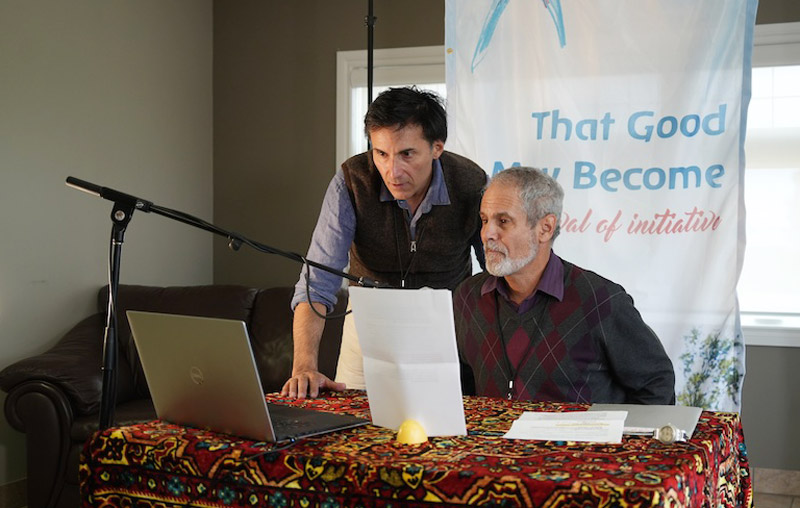
Kudos to Sebastian for rounding up so many interesting contributors on this theme from around the world. All of the events for this group were in Fraserwood Hall which is about a 15 or 20 minute drive from Monika’s land, so a lot of time was spent driving back and forth, getting rides from various people.

I also found time during a break to listen to Robert Karp’s talk on the Spiritual Geography of North America and I caught a bit of Sarnia’s presentation on the Waldorf school in Kenya. But as was the case I’m sure for everyone else, there was a lot of interesting stuff happening that I couldn’t go to if only because of scheduling — because when four different things are happening at the same time, you can only go to one of them.
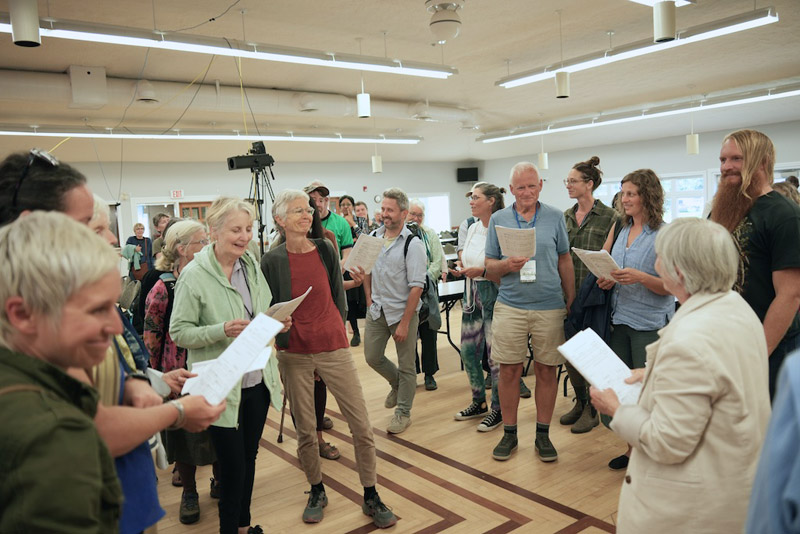
After breakfast I enjoyed singing with Marilyn from BC, which was an unscheduled part of the Festival. She just showed up, brought music, and taught it to people. It was great. Kim had even mentioned that she felt she had overlooked music, but she felt sure that someone would show up to do it. And she was right!

Regine Kurek and her team sacrificed attending a lot of events to paint and install a set of large cloth hangings to create a space for the evening presentation of a Novalis fairy tale which was bookended by music from Kim’s nephew Sacha who is a child prodigy violinist.
Kim had somehow persuaded Sacha and his mom to come back to Canada from Barcelona so Sacha could perform at the festival. The next evening was devoted to presentations by Indigenous musicians including Wendy Charbonneau. Another evening there was a dress rehearsal for the final concert in Winnipeg with Sacha and Emmanuel Vukovich.
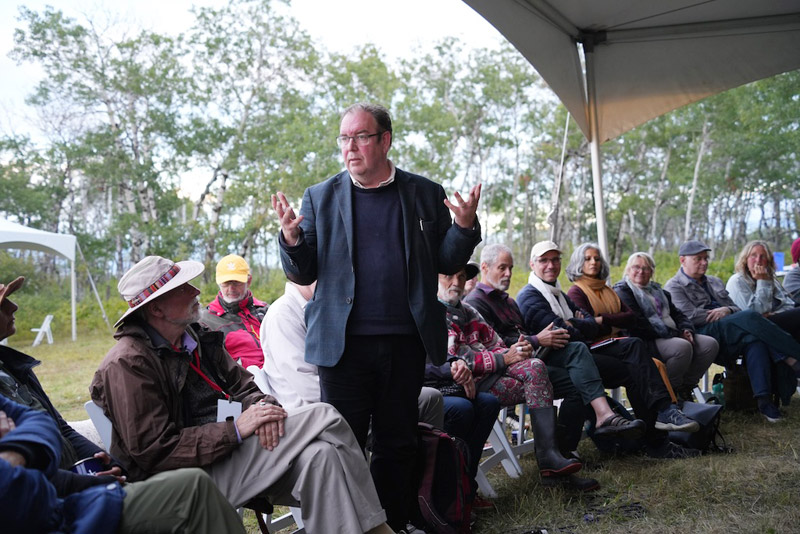
Sacha heard Robert McKay speaking one evening at the Festival and took a special liking to him. The next day Robert could be seen giving Sacha piggyback rides and playing games with him out on the grounds. While on the one hand Sacha was a prodigy on the violin, he was also a young boy who likes to have fun. Emmanuel also spent a lot of time working with Sacha on violin practice.
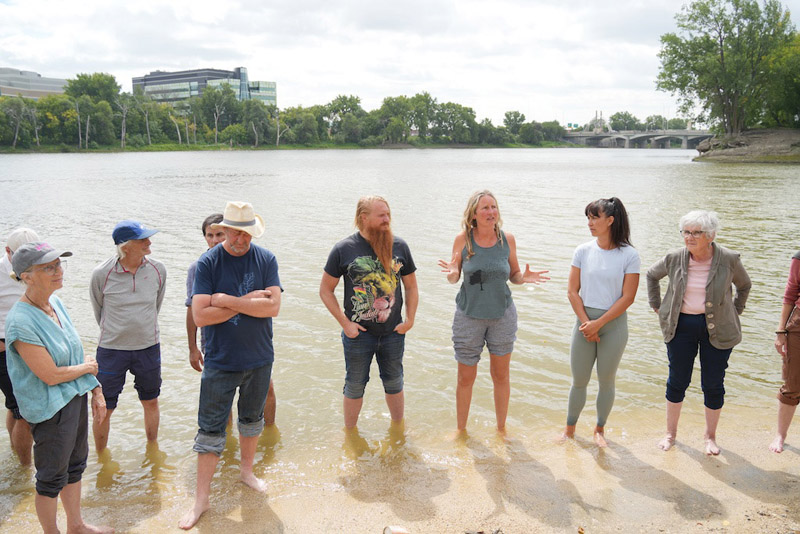
We stayed an extra day so we could gather with others from the Festival, at the Forks in Winnipeg where the Red River meets the Assiniboine River, and go to the Museum of Human Rights. We stayed over in Winnipeg at a cheap hotel with a lounge full of gaming machines, and bought groceries at a local food store where we were warmly greeted in the parking lot by Eric from the Festival.
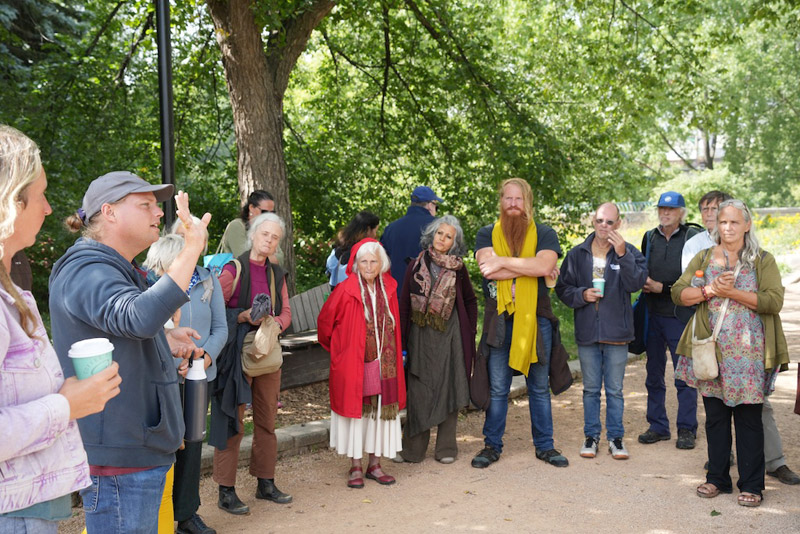
He was there with Monika and Terry who had stopped to buy supplies. One interesting way that grocery store was different from any you will see in Thornhill is that on the checkout counters the formica is worn right through and in many places you can see the bare wood underneath.
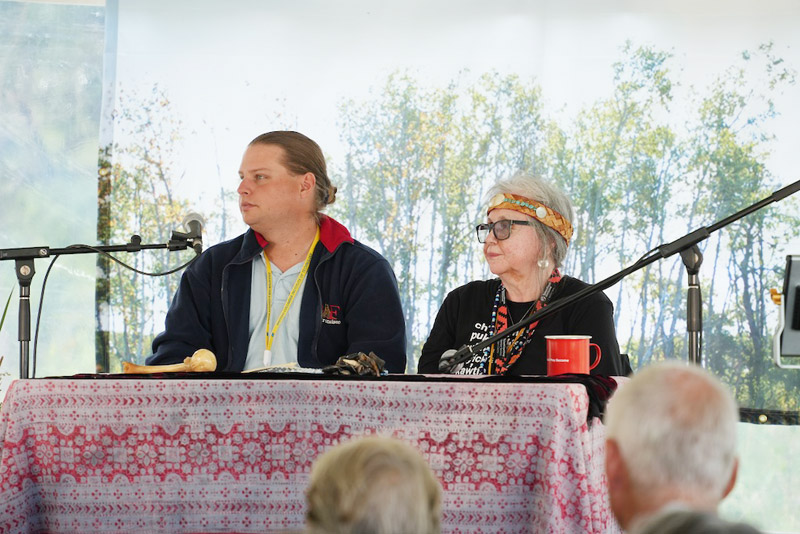
I didn’t get to see Emmanuel perform either at the Festival or on the final night in Winnipeg because I was too sick to keep going to stuff in the evenings. Was it a bug I caught or my way of processing all that I was taking in at the Festival? I was sick for 10 days after the Ottawa conference as well, so maybe it’s no surprise that I got sick here too. Some other people I know were sick either at or after the Festival as well.
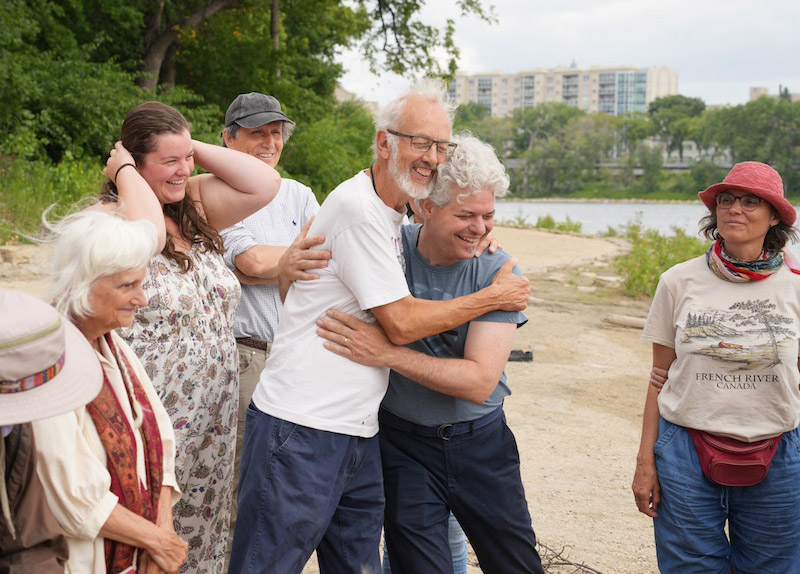
And, in a funny way, that ties in with my only previous association with Gimli, which was having heard of Winnipeg-based art-film director Guy Maddin’s debut film “Tales from the Gimli Hospital”. Other titles of his include “The Saddest Music in the World” and “My Winnipeg”.
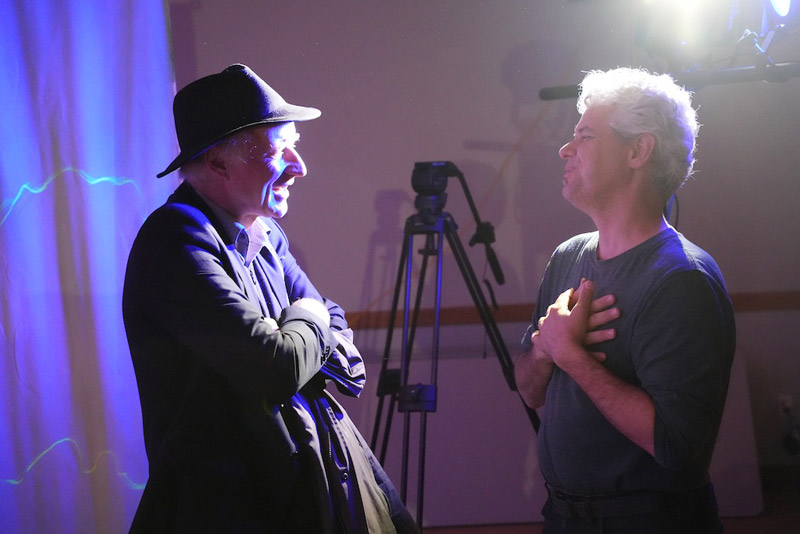
That was going to be the end of the story. But in the day or two that passed since I wrote that I realized I needed to add a bit more. I feel I want to acknowledge the many layers of loving sacrifice that went into planning, organizing and executing this event. I think of how, according to Steiner, the human being was formed out of several successive sacrifices of the hierarchies.
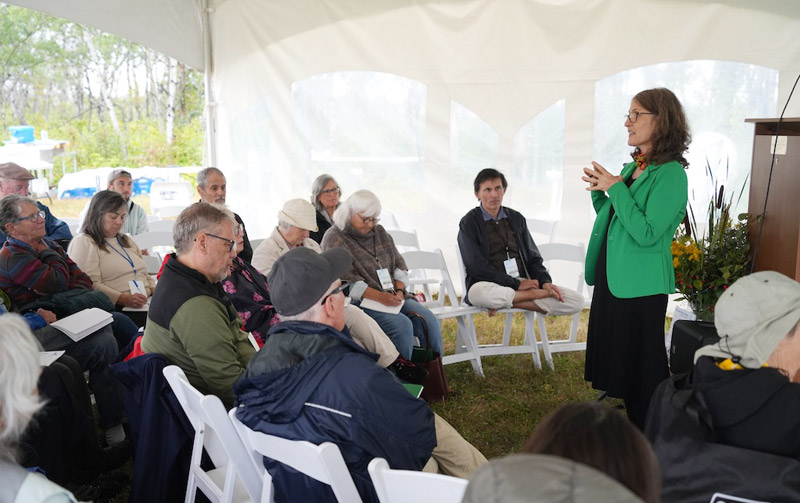
This festival, and much of the work of anthroposophy, it seems to me, works on a similar principal. It’s the love and sacrifice of individuals and groups of individuals working together, that builds the spiritual substance and the social fabric that enables us to share the little glimpses of the reality and depth of anthroposophy that we can have at festivals like this.
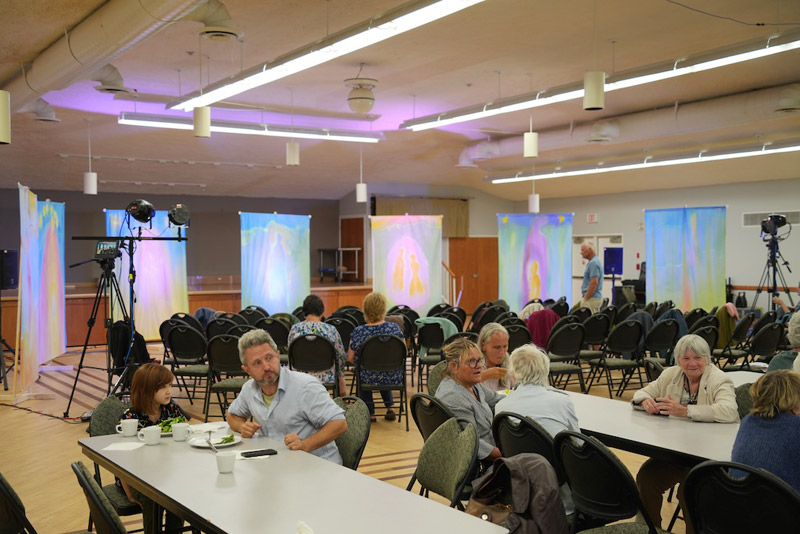
So thank you to all those who worked to plan this festival. Thank you to Monika and Kim and to all the group organizers and leaders whose work with their own groups meant that they couldn’t take in what was being offered in other circles. Thank you to Peter Selg and Konstanza Kaliks for coming all the way from Switzerland to be with us for a couple of days.

Thank you also to all the festival participants who braved the difficulties of travel and the exigencies of improvised accommodation to bring this festival to life on an interpersonal level. It was wonderful to meet you and to share those few days together. And thank you to all of our spiritual helpers who worked behind the scenes to help bring everything and everyone together.
– Richard Chomko
